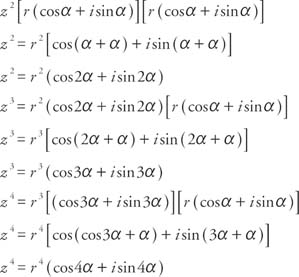For my class, we will be discussing and working on the order
of operations. For the lecture, I will be using a concept map to help as a visual
for students. The concept map will have the order starting at the top with
parentheses and on down. The first sub links will list the acronym PEMDAS:
Please Excuse My Dear Aunt Sally (Parentheses, Exponents, Multiplication,
Division, Addition, and Subtraction).
The last two branches will have an example problem, where the students
will work out the problem in the space provided and a place to put their
answer. The concept will be a good tool for students to see the Order and then work out some problems on their own using the map as a guide.
For the discussion, we
will start out by watching the video from YouTube that has made the acronym
into a song. I feel that the song will
be entertaining and helpful to the students for remembering the order. There
are two links that will serve as more explanations or practice of the material.
The first one under the Exponents will take the students to a site that goes
over exponents more and the different ways exponents can appear. The other link, under the Addition or
Subtraction will allow me to go to a site where I can print off more practice
work for the students. This is if I feel they could use more practice. The link
under Multiplication and subtraction will take students to a site where they
can test their skill level over multiplication, division, addition, and
subtraction. After the students have
completed that, they can print off their results to see which areas they need
to work on. The link under Parentheses is a very good interactive game for the
students to take what they have learned from the lesson and try to compete with
other classmates.

